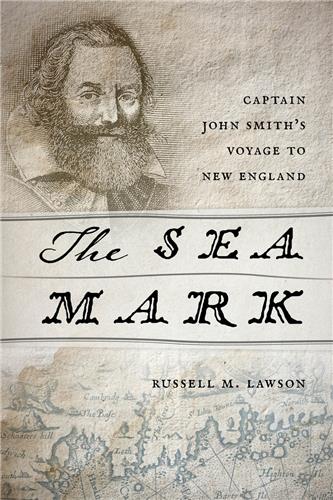An excellent example of maritime history, illuminating not only remarkable voyages but also the varying contexts in which they took place. Anyone interested in the early modern Atlantic or English colonization should read it. . . . Highly recommended.









